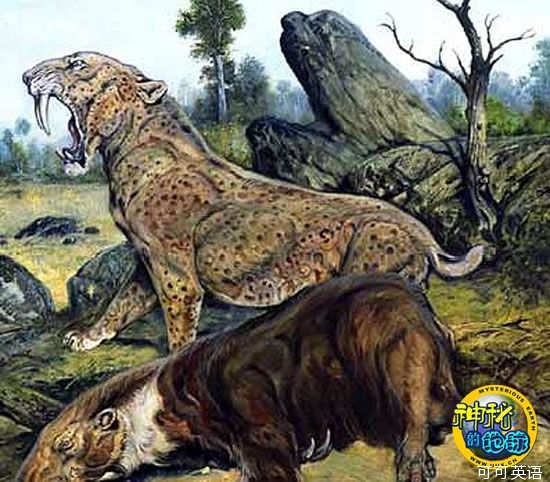Like a science fiction time traveler, an arctic plant of the late Pleistocene age, over thirty one thousand years old, is growing again after a long frozen sleep.
猶如科幻小說里的時(shí)間旅行者,一種曾存活在更新世晚期的極地植物經(jīng)過31000多年的冰封沉睡之后,再次得以生長。
Narrow leafed campion (Silene stenophylla) is a small plant whose modern relatives are found in eastern Russia and northern Japan.
窄葉剪秋蘿(柳葉蠅子草)是一種小型植物���,它們的現(xiàn)代近親生活在俄羅斯東部與日本北部�����。
It's a perennial species that grows on stony cliffs or sandy shores. Once a year, it produces five-petalled flowers that range in color from white to pink to lilac.
它是一種多年生植被,生長在石崖或砂質(zhì)海濱。它每年開花一次����,花朵有五片花瓣���,花色有白色�,粉色����,還有丁香紫色。
Russian scientists examining an ancient arctic squirrel burrow recovered ancient campion fruits from the sediments.
俄羅斯科學(xué)家在北極科考一處古代松鼠的洞穴時(shí),在其沉淀物中獲得了剪秋蘿的果實(shí)�。
Curious to see if the fruits' seeds might germinate, they planted them. The seeds didn't grow, but the scientists weren't discouraged.
出于好奇���,科學(xué)家們想知道果實(shí)中的種子是否可以發(fā)芽�����,因此他們種下了種子。

They knew an ancient sacred lotus dating back twelve hundred years had been restored. Why not the campion? They decided to try growing a new plant from fruit tissue.
科學(xué)家們獲悉有一株1200年前的古代圣蓮獲得新生,那剪秋蘿為什么不可以呢?他們決定通過果實(shí)組織成分培育一株新植物����。
It had been frozen all those years, so some cells might be viable.
果實(shí)已被冷凍多年����,因此有部分細(xì)胞應(yīng)該得以存活����。
By bathing the fruit tissue in a culture solution with growth hormones, similar to a technique commonly used to start plants from cuttings,
將果實(shí)組織浸泡在含生長激素的營養(yǎng)液中(這種培育方式類似于植物的扦插)�����,
the scientists were able to restart cell division and get several plants to grow.
科學(xué)家們能夠重建細(xì)胞分裂���,從而讓許多植物得以生長��。
The plants not only flourished, they produced flowers. The flowers went on to produce fruit and seeds that were viable and germinated into a second generation of plants.
這些剪秋蘿不僅枝葉茂盛,而且開花結(jié)果�,種籽繼續(xù)發(fā)芽繁殖出下一代�����。
The ancient campion was given a second chance at life.
古老的剪秋蘿重獲生命。
As the earth warms and more and more arctic permafrost melts, larger numbers of ancient plants will be exposed, giving us a chance to bring plants of the ancient past back to life.
隨著全球變暖����,更多的極地冰川融化��,會(huì)有更多的古代植物重見天日,這也給予了我們重新培植這些植物的機(jī)會(huì)�。
And who knows, one day we might resurrect a mammoth to eat them.
也許有一天����,我們能夠讓猛犸象復(fù)生成為我們的美餐��,誰知道呢���?












